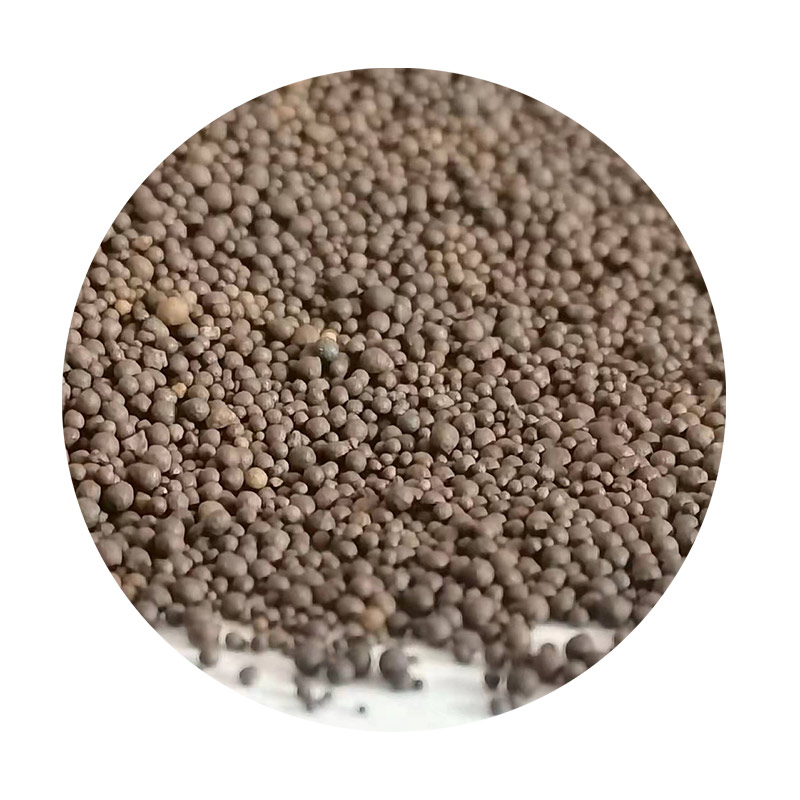High Volume Sand Casting An Overview
High volume sand casting is a widely used manufacturing process that leverages the versatility and cost-effectiveness of sand molds. This method is particularly suited for producing large quantities of metal parts, making it an essential technique in various industries such as automotive, aerospace, and heavy machinery. Understanding the fundamentals of high volume sand casting can provide insights into its advantages, applications, and technological advancements.
At its core, sand casting involves creating a mold from sand, which can withstand the molten metal's temperature. The process begins with designing a pattern, typically made of metal, wood, or plastic. This pattern is used to create the mold, which consists of two halves – the cope (top part) and the drag (bottom part). Once the pattern is positioned within a mixture of sand and a binding agent, the sand is compressed to form a strong mold cavity. After removing the pattern, the mold is ready to receive molten metal.
The high-volume aspect of sand casting comes into play with the use of automated equipment to expedite the process. This automation allows for the rapid production of multiple molds, significantly boosting output. Furthermore, modern techniques such as shell molding, which involves creating a thin shell of sand around a heated pattern, enhance precision and surface finish while maintaining production speed.
One of the key advantages of high volume sand casting is its cost-effectiveness. The use of sand as a primary material is economically favorable, especially when producing large volumes of parts. Moreover, the sand can often be recycled, reducing material waste and costs. This sustainability factor is becoming increasingly important as industries strive to minimize their environmental impact.
high volume sand casting

Another significant benefit of high volume sand casting is its adaptability to various alloys and metals. Manufacturers can use this process to cast iron, aluminum, brass, and various other metals, allowing for a broad spectrum of applications. This versatility makes sand casting an attractive option for companies that require different types of components for various machinery and products.
High volume sand casting also facilitates the production of complex geometries. The inherent flexibility of sand molds allows for intricate designs that might be challenging to achieve using other casting methods. This capability enables engineers to create lightweight structures with optimized shapes, which is particularly beneficial in industries like aerospace where weight reduction is critical.
Advancements in technology are further enhancing the capabilities of high volume sand casting. Innovations like computer numerical control (CNC) machining and 3D printing are being integrated into the pattern-making and mold preparation stages, increasing precision and reducing lead times. These technologies allow for more complex designs and improved quality control, ensuring that manufacturers can meet stringent industry standards.
In conclusion, high volume sand casting is a vital manufacturing process characterized by its cost-effectiveness, versatility, and ability to produce complex geometries. As industries continue to demand higher precision and efficiency, the integration of advanced technologies into sand casting processes is likely to further increase its relevance. Whether in the automotive sector or heavy machinery, high volume sand casting remains a cornerstone of modern manufacturing, enabling the production of critical components at scale.
Post time:10 月 . 05, 2024 21:29
Next:sand printing casting
